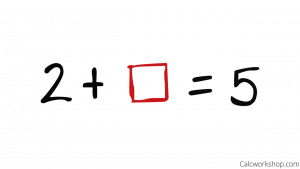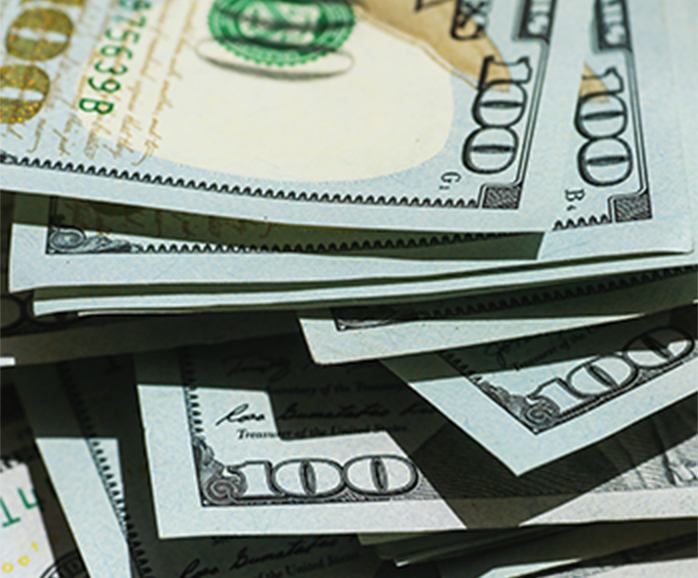By - October 9, 2020
Categories: Report
How to figure the Break-Even Point (BEP) is one of the biggest
questions you need to answer before you open your shop. When is does
your shop cash flow positive on the way to the business becoming
profitable.
If you bought your shop from another owner, that answer should have
been in the financial reports. These reports during the fact-finding phase
leading up to your purchase decision. The BEP and how to figure that
number is important to you with the ebb and flow of business cycles.
It is crucial to do a break-even analysis. This analysis uses fixed costs
(like rent) and variable costs (like parts and fluids). Then you can set your
prices and then forecast when your shop will become profitable.
Your shop’s break-even point is the stage when revenues equal costs.
Once you figure that number you can focus on costs (fixed and variable)
and pricing structure.
After taking a good look at the numbers, you can ask yourself these
questions:
Are your prices too low or your costs too high to reach your shop’s BEP in
a time frame that is acceptable to you?
Is your shop sustainable?
There are two basic equations for figuring you shop’s BEP. One is based on
the number of units of product sold / hours billed and the other is based
on points in sales dollars.
To calculate a break-even point based on units:
Divide fixed costs by the revenue per unit minus the variable cost
per unit.
The fixed costs are those that do not change no matter how many
units are sold.
The revenue is the product price plus hours billed minus the
variable costs, like labor and materials.
Break-Even Point (Units) = Fixed Costs ÷ (Revenue per Unit –
Variable Cost per Unit)
When determining a break-even point based on sales dollars:
Divide the fixed costs by the contribution margin.
Calculate contribution margin by subtracting the variable costs
from the price of a product.
This amount is then used to cover the fixed costs
Break-Even Point (sales dollars) = Fixed Costs ÷ Contribution
Margin
Contribution Margin = Price of Product – Variable Costs
When your break-even analysis has given you your BEP, this is not the end
of the calculation. Once you crunch the numbers, you might learn that you
have to sell more products and bill more hours than you realized to break
even.
Now, you need to take a good look at your plan is realistic or if you need
to raise prices, find a way to cut costs, or both. Consider if your product
mix will be successful in the market. If the break-even analysis shows you
the number of products that need to sell, there is no guarantee that they
or your services will sell.
When you’re putting together your plan to open your shop is the ideal
time to do this analysis so you have an idea of the risk involved. This will
help you figure out if the business is worth the time and effort.
Established shops should do this analysis before launching a new product
or service. Then you know if the profit potential is worth the cost to
introduce them.
A break-even analysis is also useful in different ways that shops can use it
in their daily operations and planning. These ways are:
Prices
Materials
New Products
Planning
Goals
This blog covered what a Break-Even Point (BEP) is and two different ways
to do a break-even analysis. Then we showed how you can use what you
learned to adjust costs. Finally, we showed you ways to use the break-
even analysis in day-to-day operations.
If you would you like to find out more? Contact Natalie at Three Rivers
Bookkeeping
natalie@threerivers-bookkeeping.com

